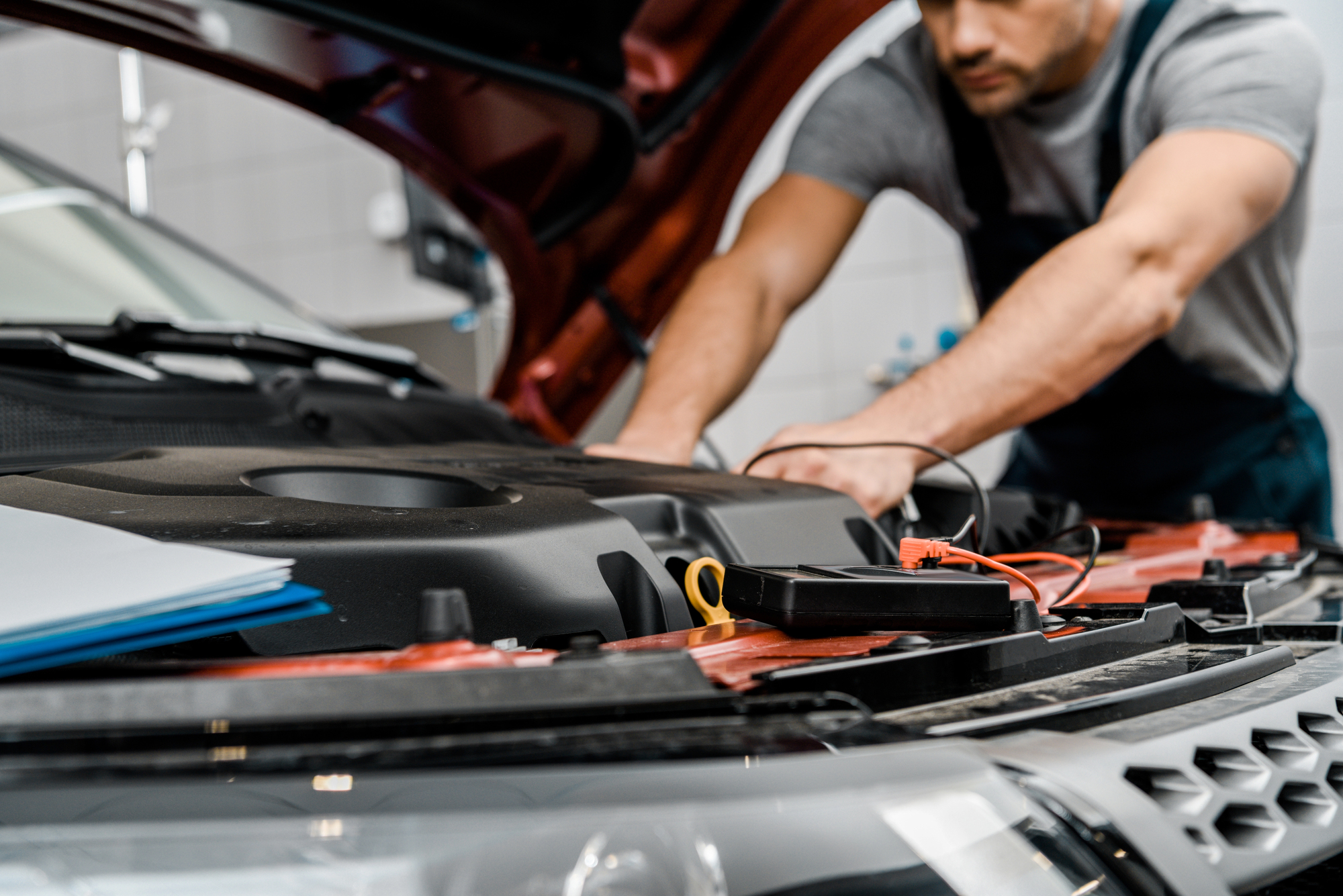Whether you’re moving to a new city, selling your car, or heading off on a long vacation, transporting your car safely is a crucial step. Proper preparation ensures your vehicle reaches its destination in the same condition it left in and helps avoid unnecessary delays, damage, or unexpected expenses. In this guide, we’ll walk you through everything you need to know about preparing your car for safe car transport.
Why Proper Preparation is Essential
There are risks involved when shipping your vehicle, especially over long distances. Properly preparing your car minimizes potential damage, streamlines the transport process, and avoids complications with the transport company. This guide covers all the steps you need to take before handing over your keys to the car transport company.
- Clean Your Car Thoroughly
Cleaning your car before transport might seem counterintuitive, but it’s an important first step.
- Why: A clean car helps you notice any pre-existing scratches, dents, or other damages. This makes it easier to identify any potential issues that might occur during transport.
- How: Wash and wax the exterior, vacuum the interior, and wipe down all surfaces. Cleaning your car will give you a clear view of its current condition, allowing you to document it accurately.
- Document Your Car’s Condition
Once your car is clean, the next step is to document its current state.
- Take Photos: Capture high-quality photos from various angles, including close-ups of any existing scratches, dents, or imperfections. Make sure the photos are clear and time-stamped.
- Make Notes: Jot down any existing damage in writing. This documentation will serve as evidence in case any new damage occurs during transport.
- Remove Personal Belongings
It’s important to remove all personal items from your car before transport. Here’s why:
- Prevent Theft or Loss: Transport companies are not responsible for personal items left in your vehicle, so removing them reduces the risk of theft or loss.
- Reduce Weight: Extra weight can increase transport costs and lead to damage.
Remove items like GPS devices, chargers, important documents, or loose change. Don’t forget to check the trunk and glove compartment!
- Check for Leaks and Maintenance Issues
Inspect your car before shipping it for leaks or mechanical issues. Addressing these problems beforehand ensures a smoother car transport experience.
- Fluid Leaks: Check for any oil, coolant, or transmission fluid leaks. Fixing these issues before transport prevents leaks that could damage your car or other vehicles during transport.
- Tire Pressure: Make sure your tires are properly inflated. Overinflated or underinflated tires can increase the risk of damage during loading and unloading.
- Battery Health: Ensure your battery is fully charged and secure. A dead battery can cause delays during transport.
- Fuel Level: Transport companies typically recommend keeping your gas tank about a quarter full. This reduces the car’s weight while still allowing the driver to move the car if necessary.
- Disable Alarm Systems
If your car has an alarm system, disable it before transport. Alarms can be triggered during loading, unloading, or while on the move, causing unnecessary hassles. Inform your car transport company if disabling the alarm isn’t possible or if there are any specific instructions for handling it.
- Secure or Remove Loose Parts and Accessories
Exterior accessories can be damaged or cause damage during transport, so it’s essential to secure or remove them.
- Antennae: Retract or remove any external antennae.
- Side Mirrors: Fold in side mirrors to avoid breakage.
- Spoilers, Bike Racks, Roof Racks: If possible, remove any detachable accessories, as these can be easily damaged or may not fit properly on the transport vehicle.
- Custom Accessories: If you have custom parts, such as spoilers, ground effects, or light covers, ensure they are secure or removed for transport.
- Secure the Car’s Interior
Your car’s interior should also be ready for transport:
- Sunroofs and Windows: Ensure all windows and the sunroof are closed to prevent dust, debris, or moisture from entering the vehicle.
- Loose Items: Remove loose items such as air fresheners, phone holders, or aftermarket accessories to prevent them from moving around and causing damage.
- Choose the Right Transport Option
When preparing your car for car transport, you have a few options to choose from:
- Open Transport: Your car is transported on an open trailer, exposed to the elements. This option is cheaper but leaves your car more vulnerable to weather conditions and road debris.
- Enclosed Transport: Your car is transported in a covered trailer, protecting it from weather, dust, and debris. Although more expensive, this option is ideal for luxury, classic, or high-value vehicles.
Choosing the right transport option depends on your budget, the value of your car, and the level of protection you want.
- Prepare Documentation and Keys
Before your car is picked up, make sure you have all the necessary documentation:
- Insurance: Ensure your car is insured, and check with your insurance provider about what is covered during transport.
- Transport Agreement: Review and understand the car transport company’s terms and conditions.
- Keys: Provide a complete set of keys to the transport company but keep a spare set for yourself. Make sure the transport company has access to both the ignition and the trunk.
- Coordinate Pick-Up and Delivery Times
Make arrangements with your car transport company to ensure that you’re available at the scheduled pick-up and delivery times. Provide them with your contact information and be available for any updates or changes. Being punctual and communicative helps the process go smoothly.
- Inspect Your Car Upon Delivery
Once your car reaches its destination, inspect it carefully before signing off on any paperwork.
- Check for Damage: Compare the car’s condition to the photos and notes you took before transport. Look for any new scratches, dents, or damage.
- Document Issues: If you notice any damage, document it immediately with photos and written notes. Report the damage to the transport company and your insurance provider.
Only sign the delivery receipt once you’re satisfied with the condition of your vehicle.
Final Thoughts on Car Transport Preparation
By following these steps, you can ensure that your car is prepared for a safe and hassle-free transport experience. Taking the time to clean, inspect, and secure your vehicle helps protect your investment and gives you peace of mind.
Remember that not all car transport companies are the same, so choosing a reputable, experienced company is crucial. Do your research, read reviews, and get multiple quotes before making a decision. Proper preparation and choosing the right transport partner will help ensure that your car reaches its destination in perfect condition.
FAQs About Car Transport
Q1: How far in advance should I prepare my car for transport?
It’s best to start preparing your car at least one week before the scheduled pick-up date. This gives you enough time to address any maintenance issues, remove personal belongings, and gather necessary documentation.
Q2: Can I pack personal items in my car during transport?
Most transport companies do not allow personal items to be left in the car due to insurance regulations and weight restrictions. To avoid complications, it’s best to remove all belongings.
Q3: Will my car be insured during transport?
Reputable car transport companies offer insurance coverage. However, the coverage varies, so it’s essential to check the company’s policy and ensure it meets your needs.
Q4: How long does car transport typically take?
Transport time depends on the distance, route, and weather conditions. Local or regional transport might take a few days, while cross-country shipments could take up to two weeks.
Conclusion
Preparing your car for safe transport is all about ensuring that it’s clean, documented, secure, and in good working condition. By following these steps, you’ll minimize risks and ensure a smooth, stress-free experience with your car transport company. Whether you’re moving, selling, or sending your car on a journey, preparation is key to safeguarding your valuable asset.







